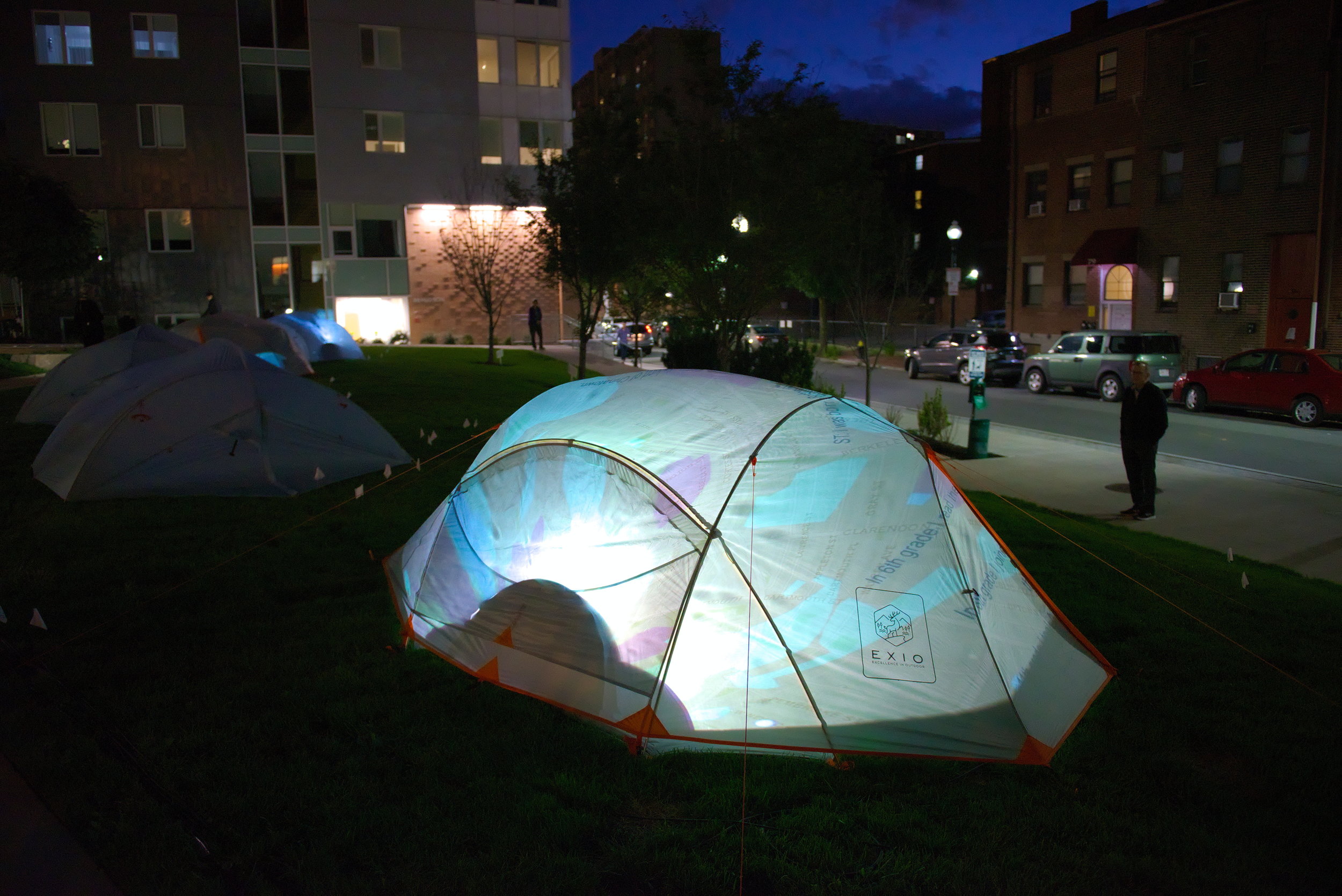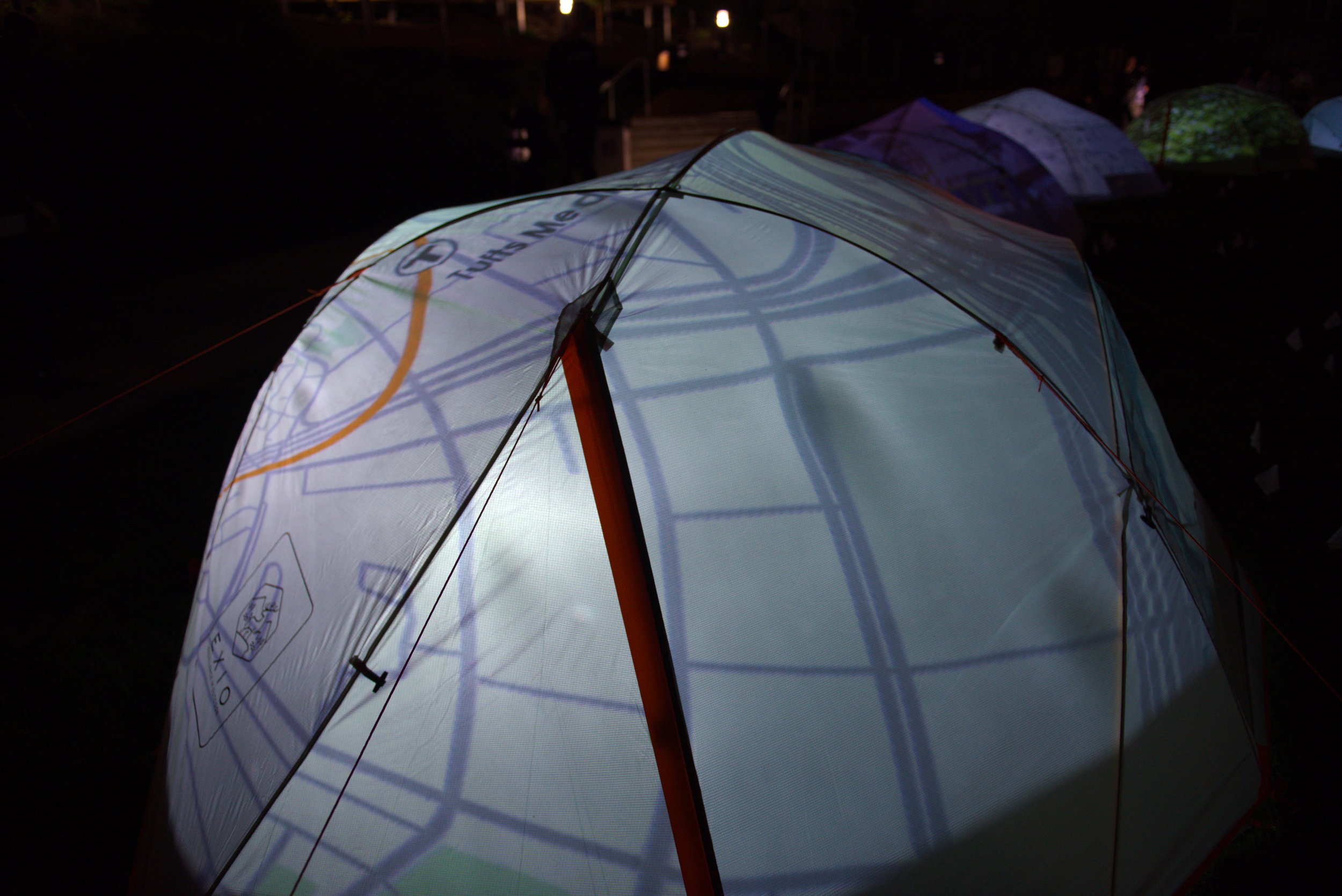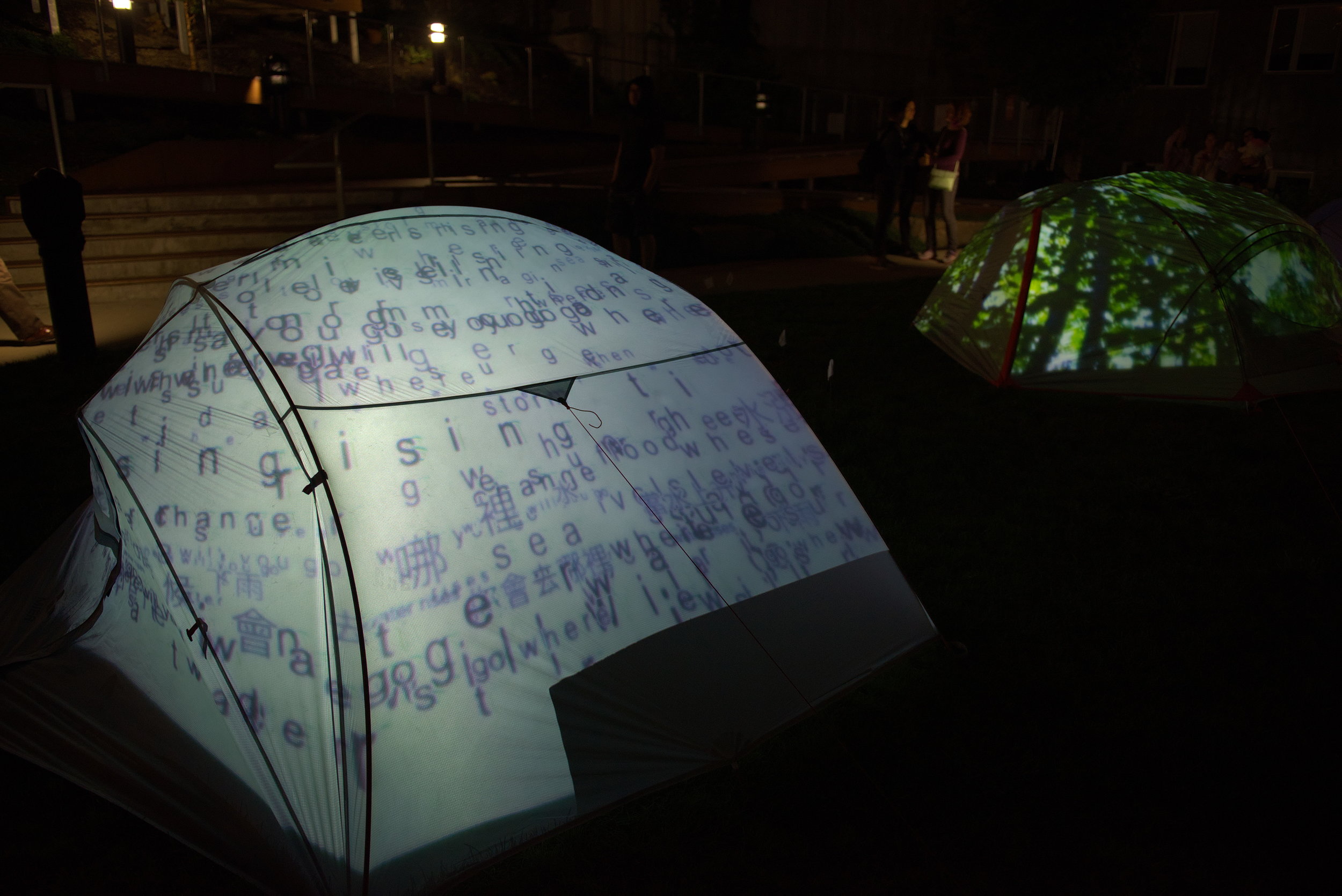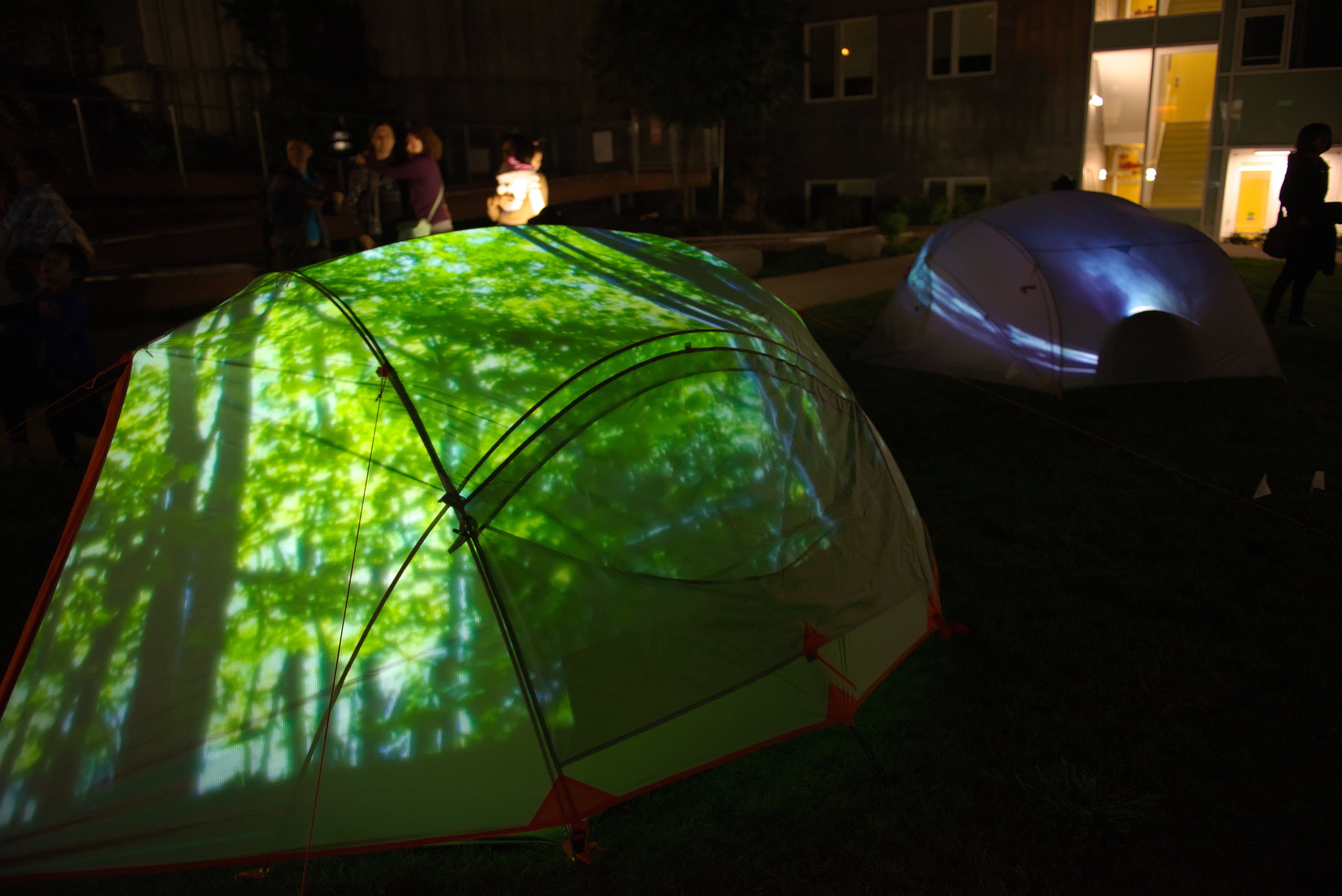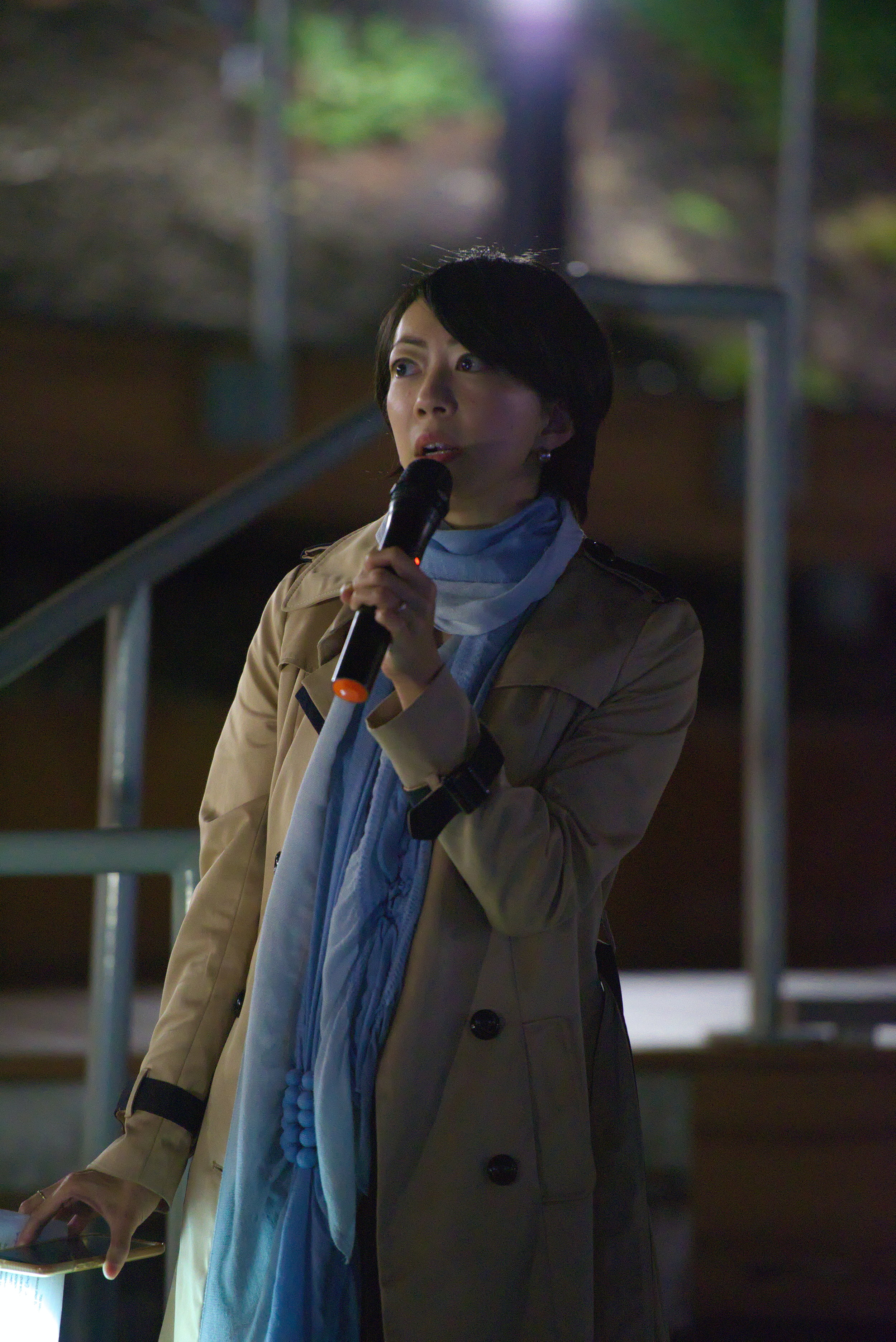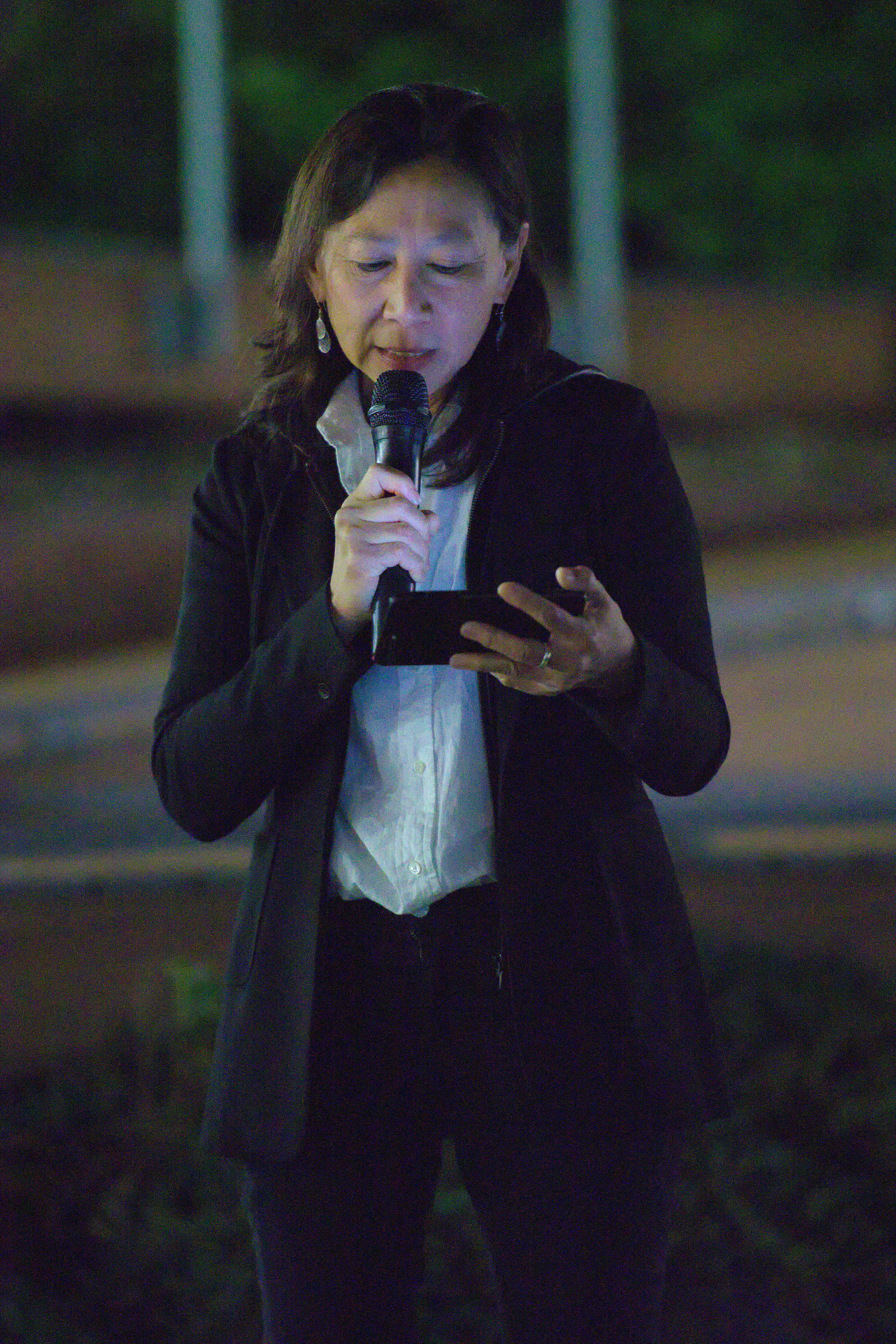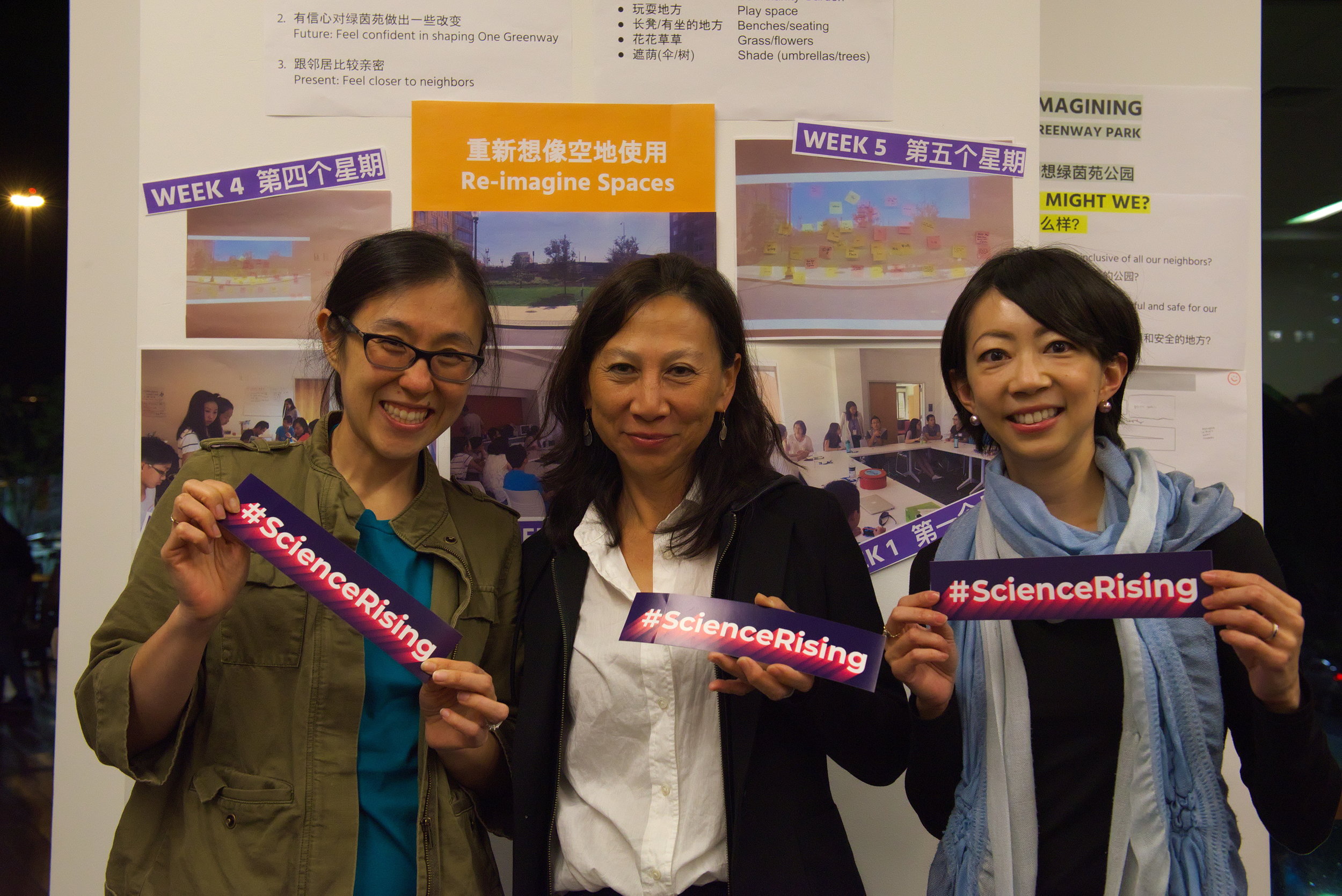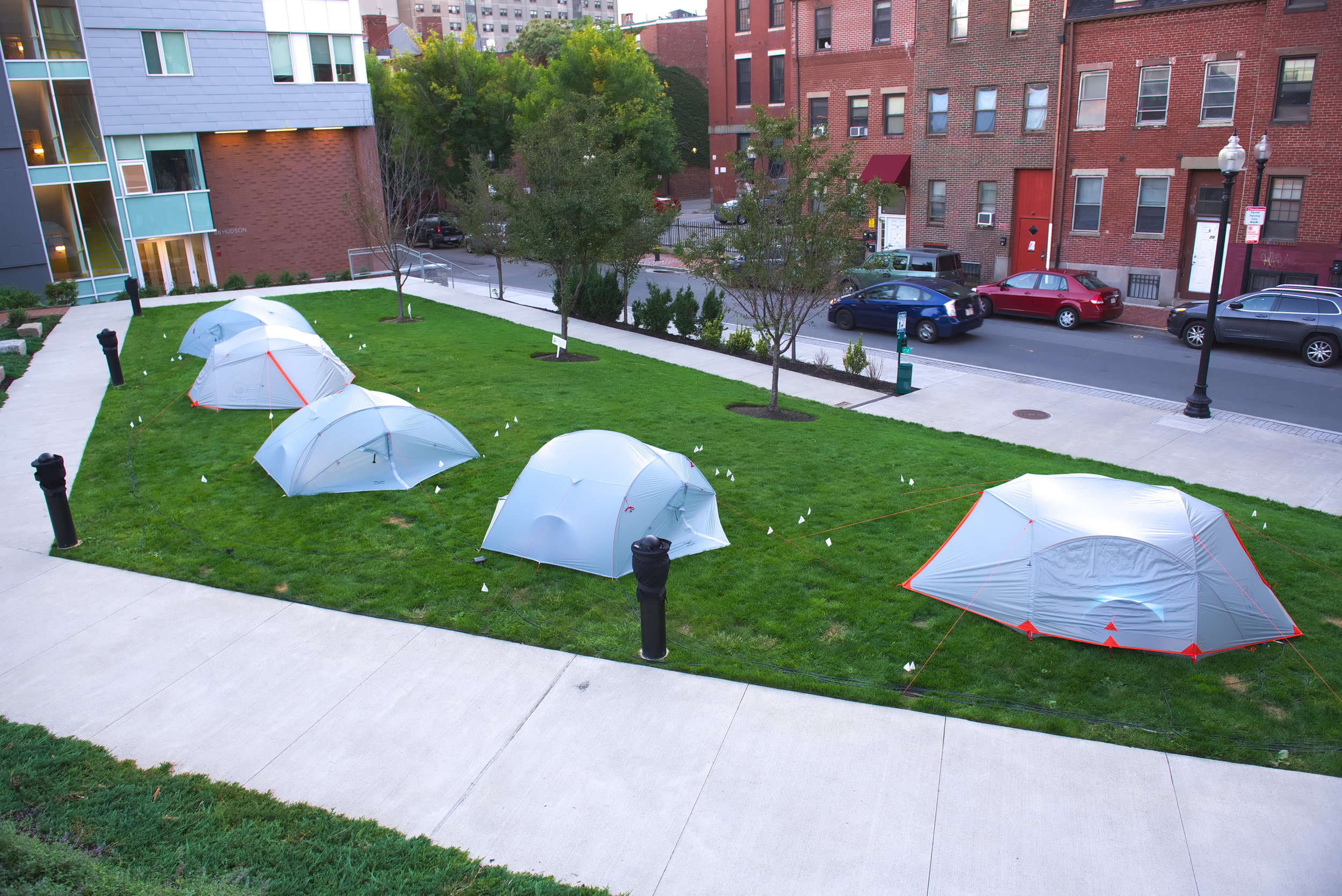Meet Nina Tsao - Philanthropist and ACDC Supporter, Community Volunteer, and Angel Investor
Photo courtesy of Nina Tsao.
Nina Tsao founded Onsett International Corporation, an innovative integrated technology and business management consulting firm focusing on strategic operation and transforming enterprise information infrastructure for Fortune 500 corporations. She advised C-level executives of large financial services organizations and held the Chief GlobalNetwork Architect position for Citigroup Global IT (CGIN) organization for years.
She also believes in mentoring and investing in young companies. Over the last ten years, Nina has been an active angel investor in several startup companies on the East and West coasts.
Currently retired, Nina has become more involved in philanthropy and intergenerational mentoring programs. Nina generously supports ACDC’s Retirement Matched Savings program. ACDC recently interviewed Nina, and we are excited to share more about her passion for supporting financial literacy.
How did you get involved with ACDC?
Knowing that so many low-wage workers do not have access to employer-sponsored retirement accounts, I wanted to create opportunities for people to learn about retirement planning and start saving for their retirement before it’s too late. When I told my friends about a Roth IRA matching program idea, a close friend recommended that ACDC may have shared interest, so I reached out to Angie.
ACDC already has a matched savings program to help first-time homebuyers dig deeper into financial literacy essentials like creating a savings plan, how to spend within a reasonable budget, and building credit. It was a natural fit for me to help them expand on that to create a retirement-focused financial literacy program.
I recently attended one of the workshops and had a chance to meet with the program participants. The participants asked me great questions such as, “When do you know when you have enough to retire?” While each individual’s unique situation and varying economic factors call for different measures, I shared with them a formula that I learned from an AARP article. Generally, an ideal goal is to live off of 3 - 4% per year of your total savings.
Why is financial literacy among the causes you champion?
My father is an economist and successful business manager who taught me the importance of financial and investment acumen. Financial management and investment knowledge is the key to building wealth and preparing for financial independence for retirement. Savings and social security income alone is not enough. Long-term investment with educated risk management helps build a robust retirement nest egg.
For most people, these are very complex subjects that you must seek out and learn about independently, assuming you know where to find such resources. So, imagine navigating this while having limited English skills and not being familiar with the financial systems in the US. It’s great that ACDC can offer this type of education in Chinese to help bridge language barriers and cultural differences in how money is discussed and managed.
How did you get involved in philanthropy?
Helping others is a personal value instilled in me since childhood from several environments - from home, from the Maryknoll nuns at my school, and in Girl Scouts. I always believe that hard work, integrity, and equity are the keys to success. It feels incredibly rewarding to help provide opportunities for economic mobility for people who don’t otherwise have access or means to these resources. I am very fortunate to have benefitted from the knowledge my father passed along to me. I hope that the people in ACDC’s Retirement Matched Savings program can now pass the skills they acquire onto their children to break the cycle of poverty and build generational wealth.
Thank you to Nina for supporting ACDC’s Retirement Matched Savings program and for sharing your story! To learn more about this program, visit https://asiancdc.org/financial-health.







